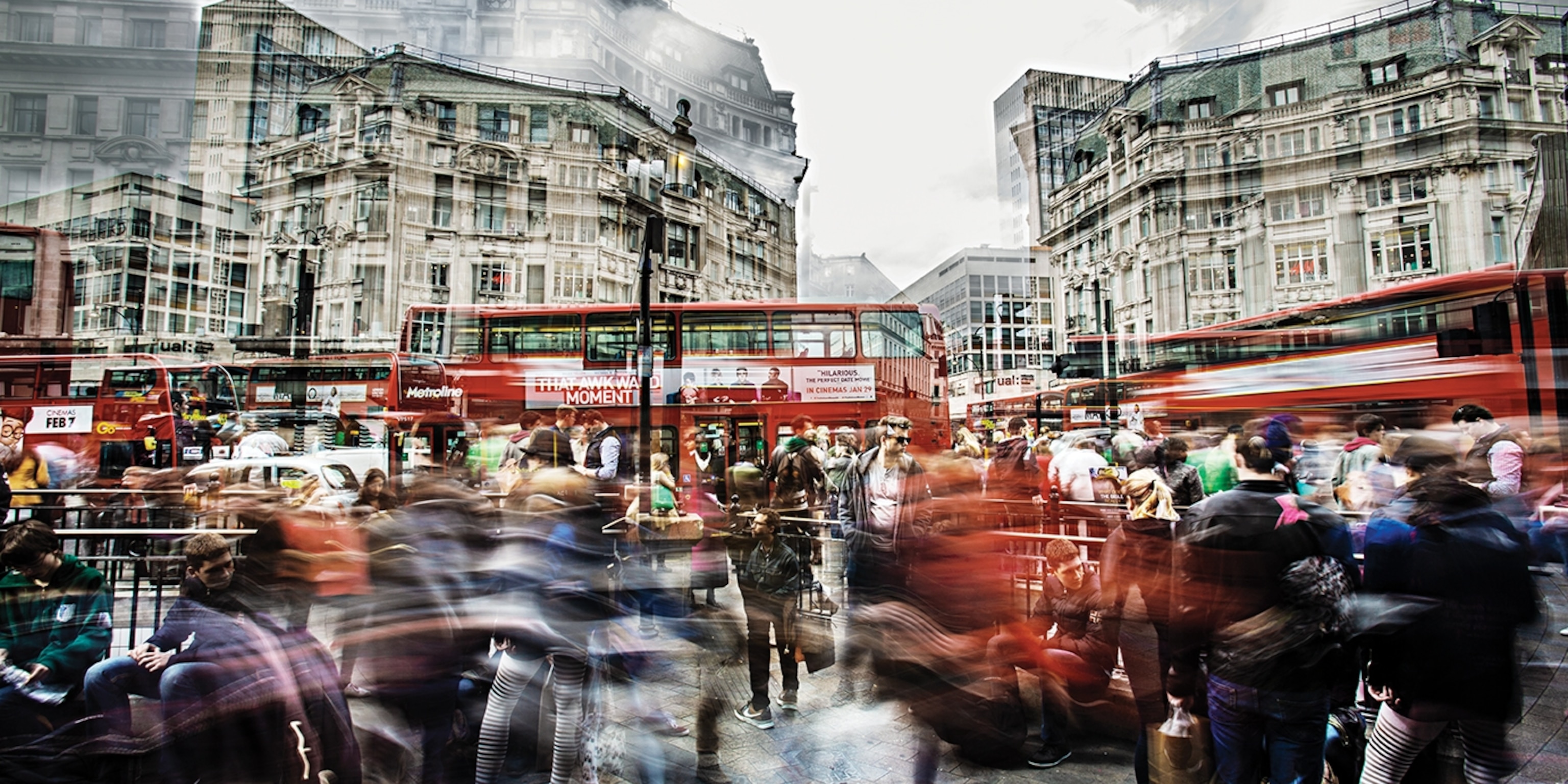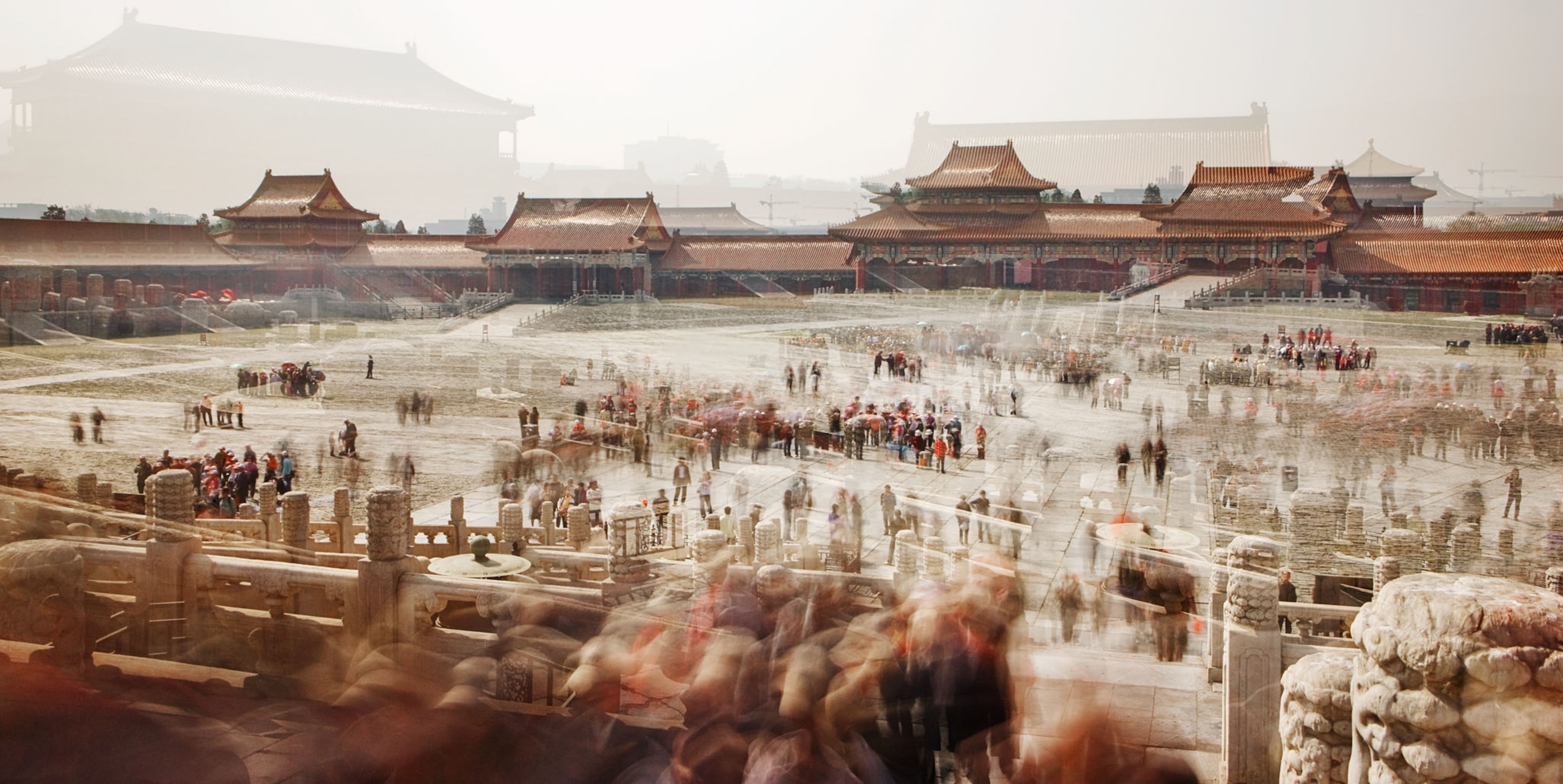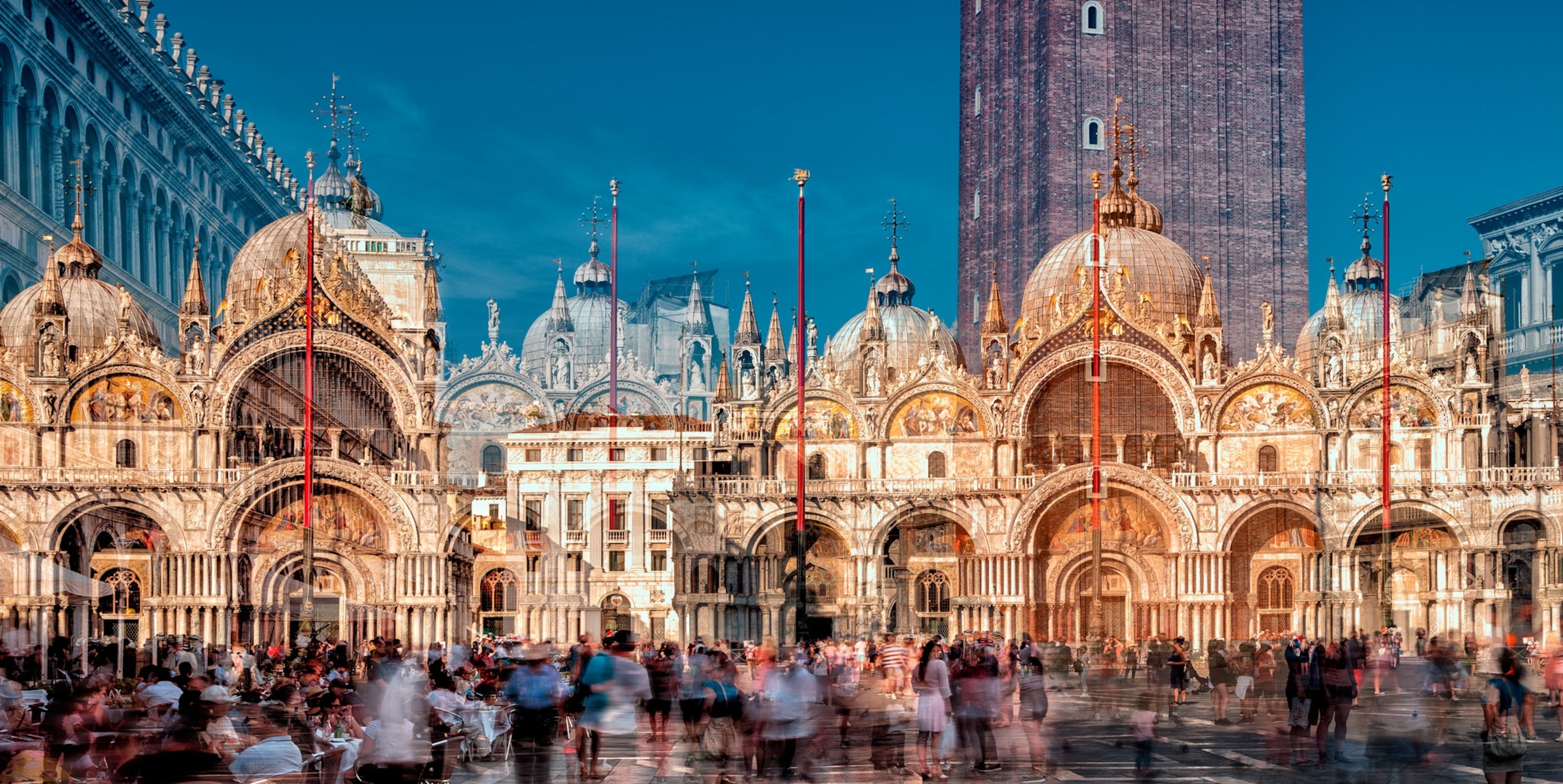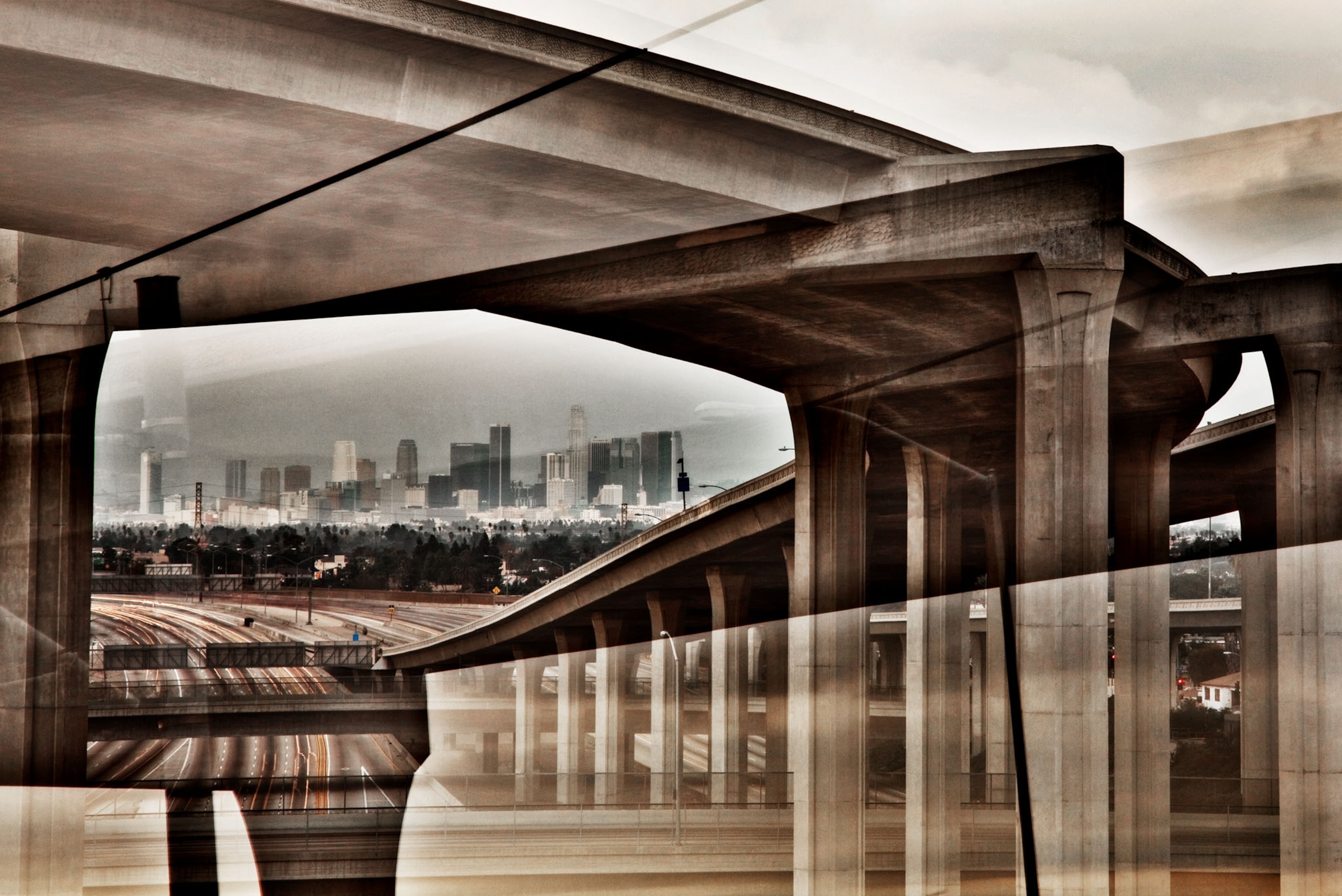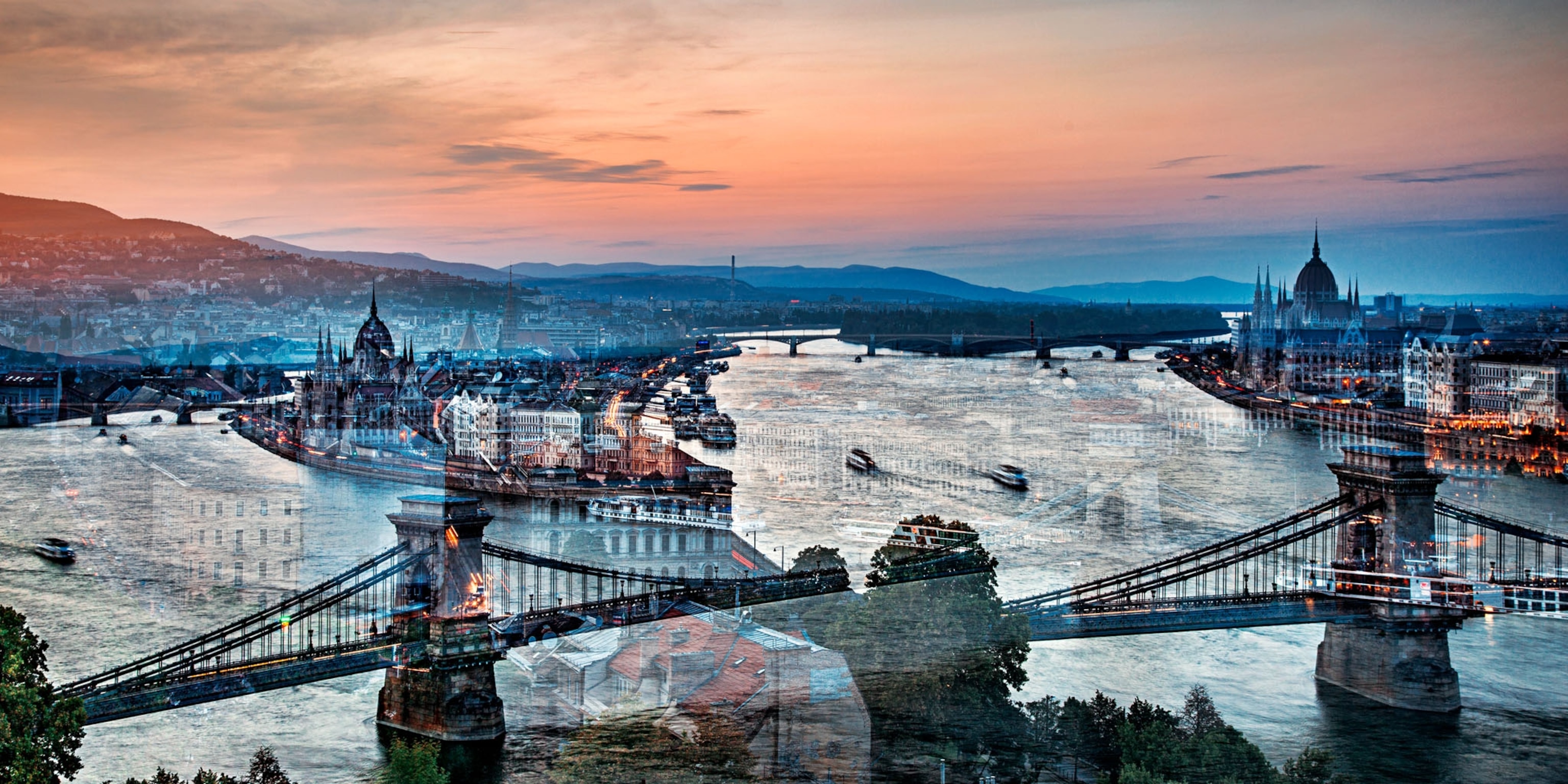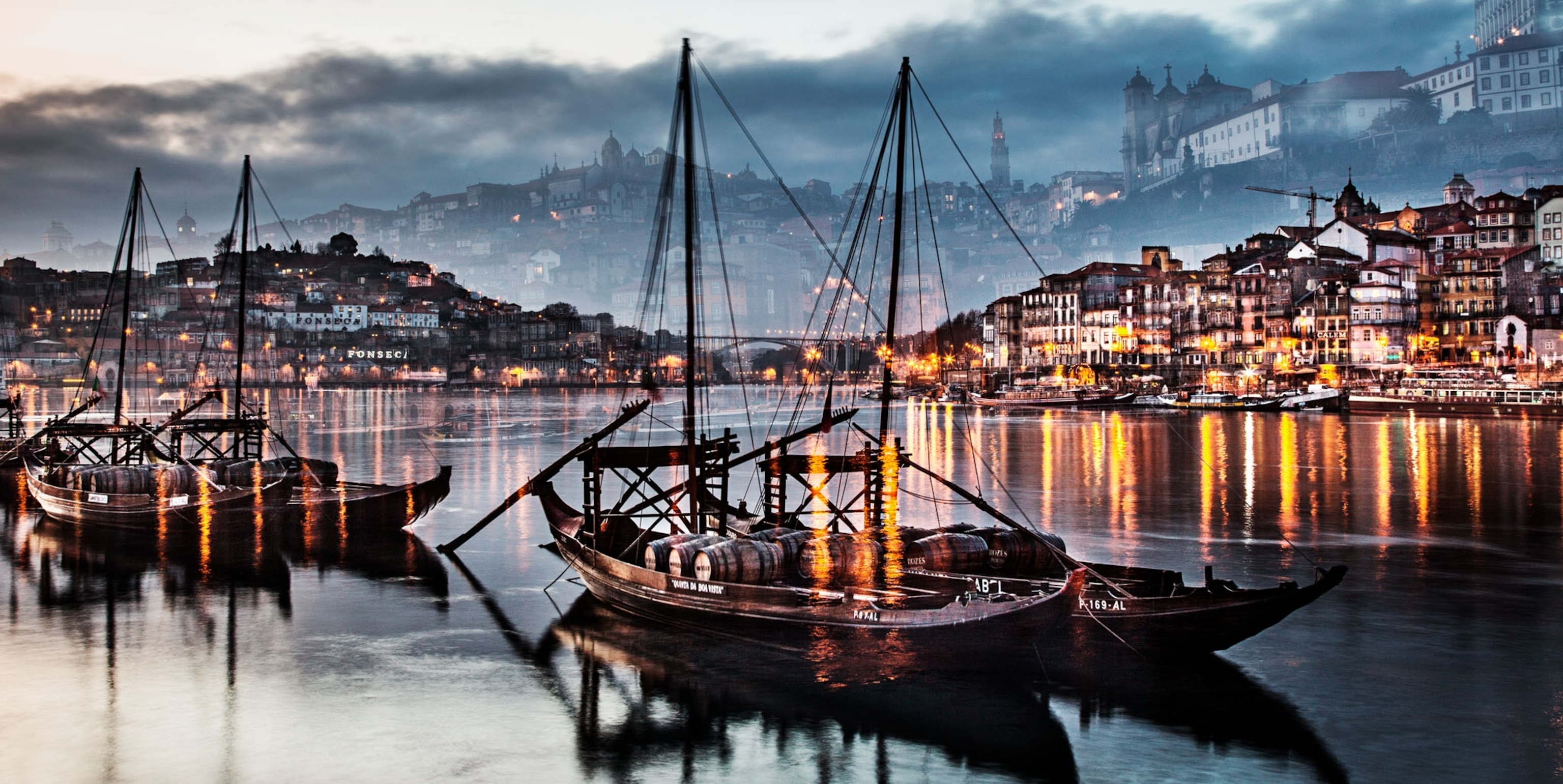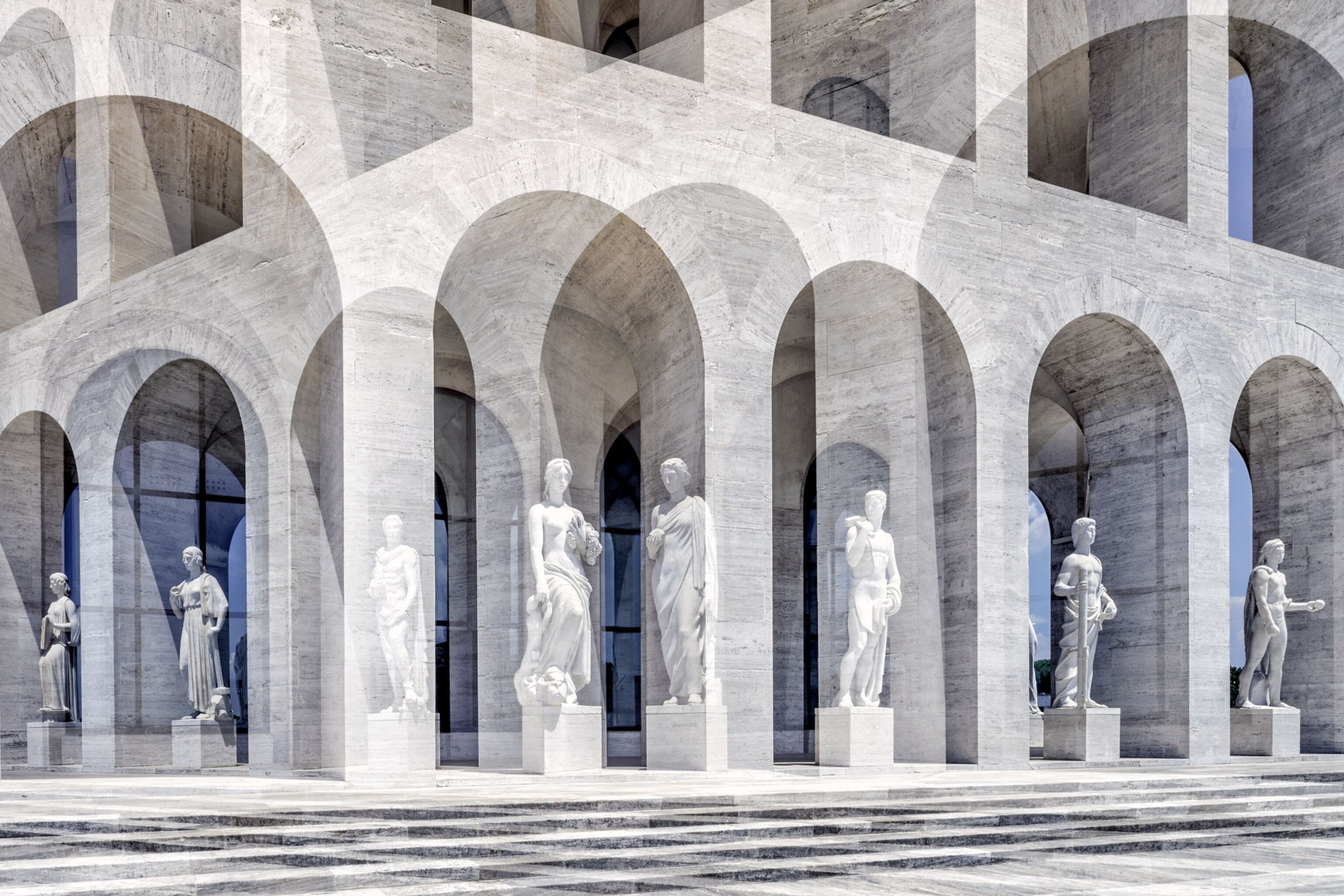
See the many sides of a city in a single picture
In an eight-second exposure, Nicolas Ruel captures the motion, color, and energy of some of the world’s busiest cities.
Photographer Nicolas Ruel usually takes eight seconds to make his long-exposure images. Why not less time—or more? “Eight is the number of infinity,” he says, referring to what he hopes is the endless wonder of looking and looking again at his double-take images of cityscapes around the world.
He starts with an urban place filled with people, energy, and motion. Train stations work well, as do churches, libraries, and stadiums—anywhere that people gather. He sets his tripod and takes a four-second exposure in one direction (most photo exposures are about 1/60 of a second or less). Then, with the shutter still open, he’ll swivel the camera to a different view for another four-second exposure—creating, ultimately, an eight-second one-frame documentary.

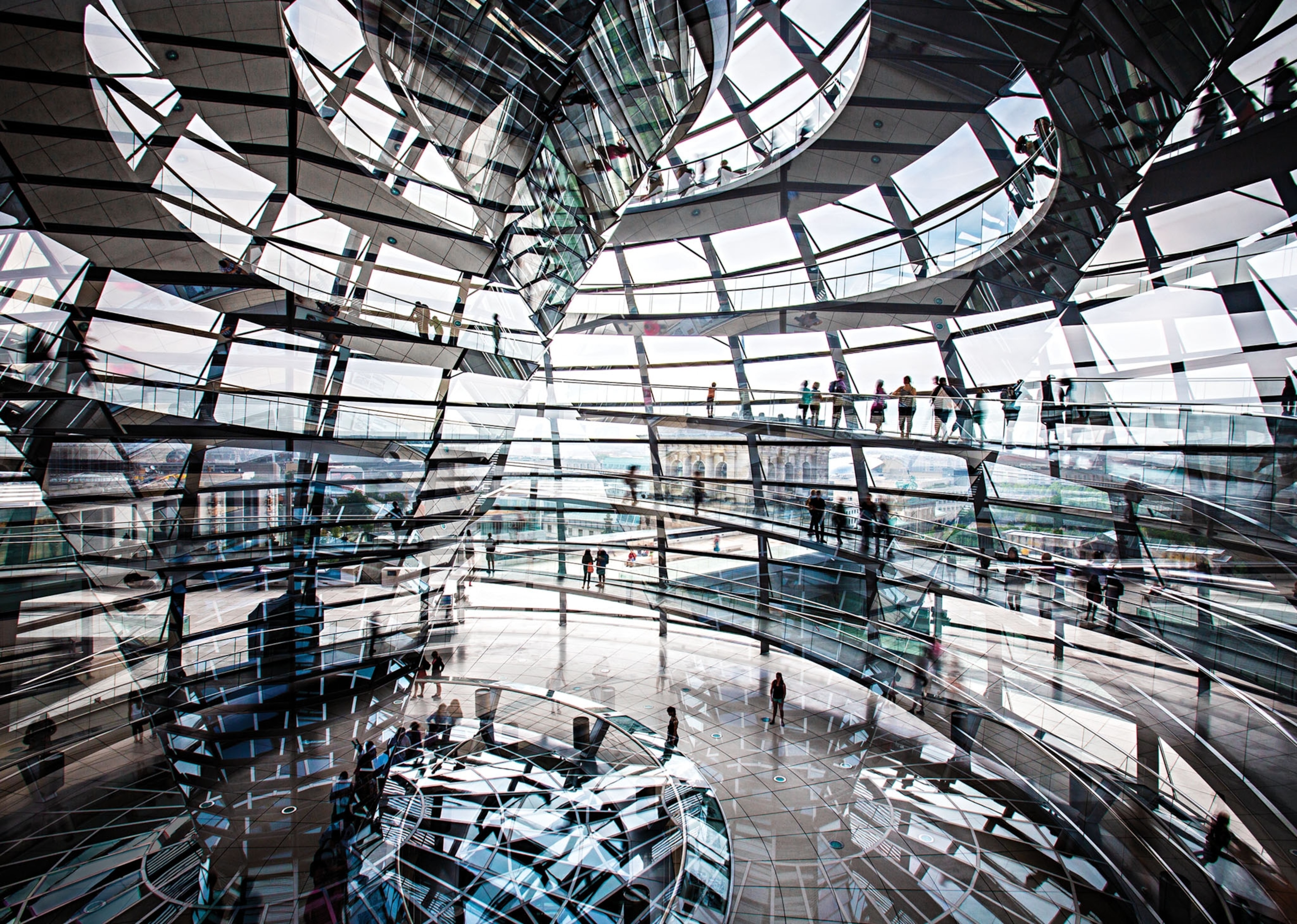
Long exposures typically show motion blur. Double exposures often mesh two images. But using both techniques from the same point offers a sense of depth, allowing the viewer to stand in a single spot and take a look around. Human places, rather than wild spaces, attract Ruel most. They’re dramatically different from one second to the next, constantly changing. As a result, New York’s Times Square or London’s Oxford Circus, two of the world’s most photographed locations, spring to life through Ruel’s camera with views not seen before.
Ruel searches for new places to photograph in urban spaces, the more vibrant the better. A series that started with eight cities now has 68, and Ruel’s goal is 100. But he leaves open the possibility that just like the images, the series may, in a way, be infinite.
